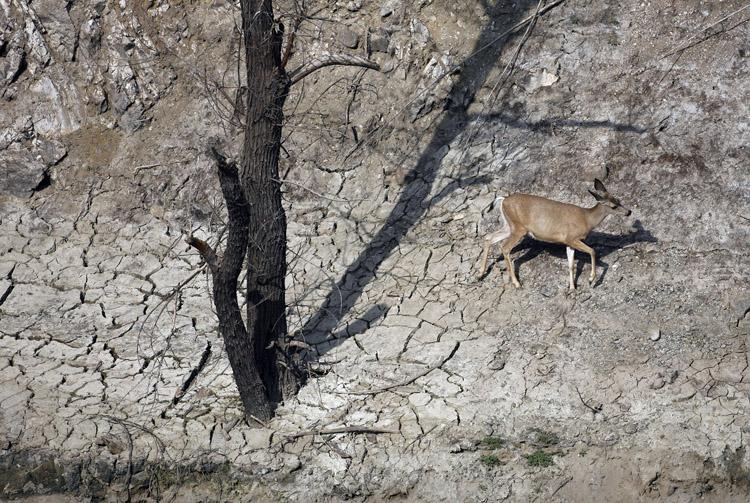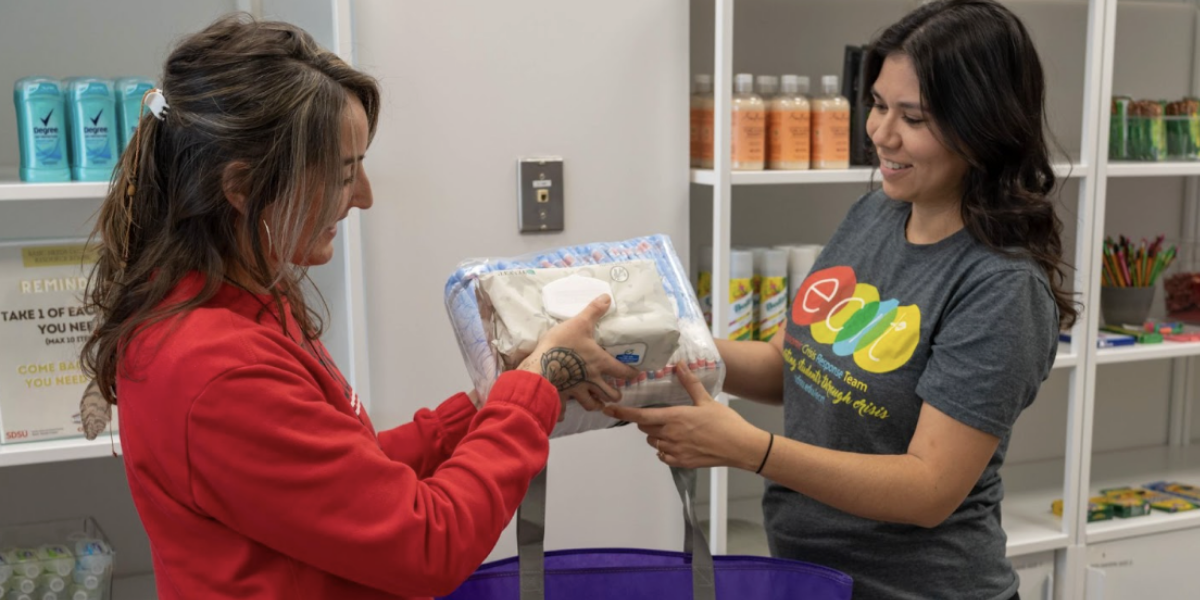 MCT Campus
MCT CampusWith San Diego at Level 1 Drought watch condition and talk of water rationing, how will a campus of more than 30,000 keep from drying up? The answer lies in water conservation efforts San Diego State began more than a decade ago.
“We are already very efficient users of water on this campus,” Bob Schulz, associate vice president of operations for SDSU Business and Financial Affairs, said. “We will continue to explore every available means we have of reducing our water use.”
While it might seem that a university that hosts an Olympic-size swimming pool and 7,300 square foot beach entry recreation pool would be a leader in water efficiency, SDSU won the 2008 Best Practice Award for Water Efficiency/Site Water Quality at the CSU/UC/CCC Sustainability Conference.
Schulz refuted the idea that the Aquaplex is an abnormal burden on the university’s water bill, noting that a swimming pool uses less water than an equal amount of grass because of the rate at which water evaporates off of the grass.
“The transpiration rate off the turf is greater than off of a body of water,” Schulz said.
Schulz said the current drought will not affect the campus landscape and scenery.
“We don’t anticipate any physical impact to the landscaping,” he said.
The university recently installed a high-tech system of sensors to help plants get the right amount of water without being excessive. These Calsense irrigation controllers can measure the humidity coming off of the plants to gauge the health of the plant and how much to water, Schulz said.
“The irrigation controllers are far more sophisticated than a timer or a water sensor,” Schulz said. “Probably about 85 percent of our irrigation use on campus is under the control of these Calsense irrigation controllers.”
During the last academic year, the percentage of campus water usage was broken down into four categories: 15 percent for irrigation of landscape, 22 percent for housing, 39 percent for general operation and 24 percent for evaporation from cooling systems.
Schulz said the university has been committed to water conservation since at least the early “90s and soon the campus residence halls will be joining those efforts.
“We will be working with the residence hall advisers and others to get the word out about our conservation needs,” he said.
Other future projects Schulz noted were retrofitting campus restrooms with low-flow water fixtures.
Schulz encourages students to be aware of the current situation and to conserve water on a daily basis.
“Just be conscious, I think that’s the most important thing,” he said. “San Diego is at the end of the pipeline.”






